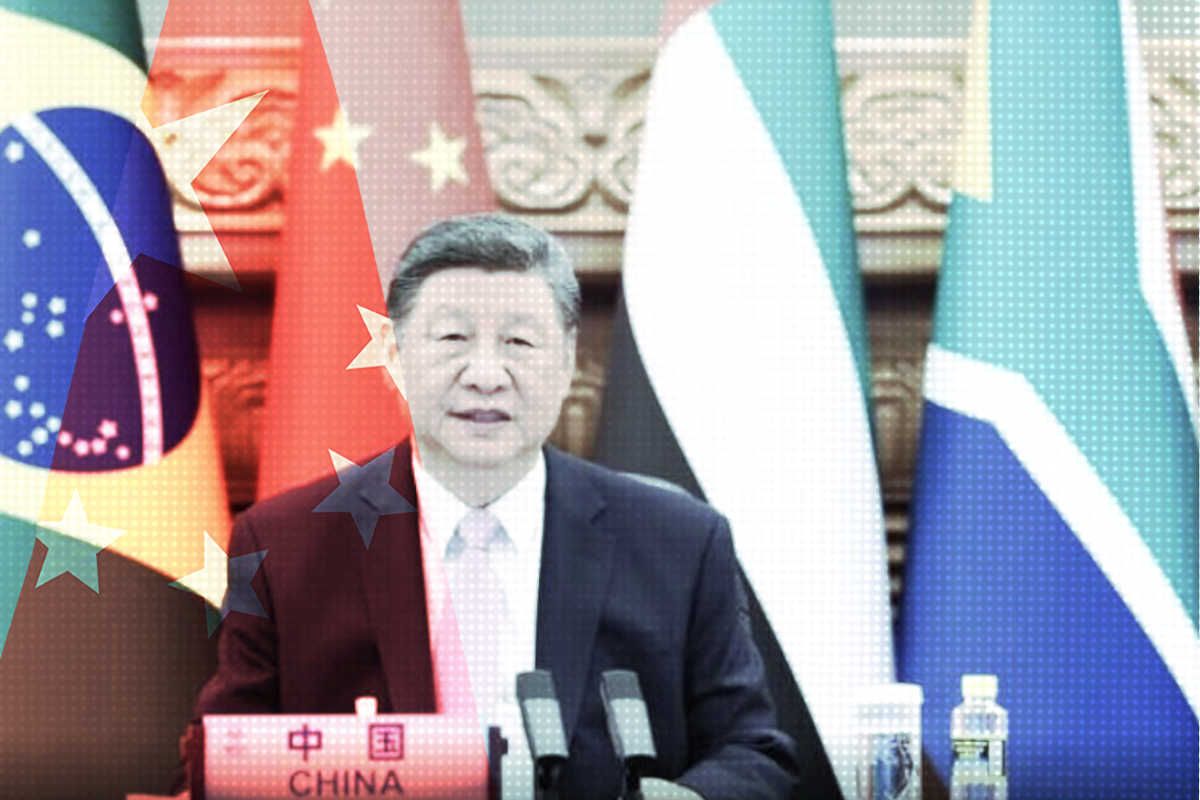Going Global
How to Push China’s Narrative Abroad

Highlighting the growing role of China’s provinces in the state-led push to bolster its global messaging, a media delegation from the South American country of Guyana visited a propaganda office-run international communication center (ICC) in the coastal province of Shandong this week — with at least one outlet signing an agreement for cooperation.
Members of the Guyana media delegation came from several major outlets. They included the country’s state-owned television and radio broadcaster, the National Communications Network (NCN), Stabroek News, Kaieteur News, and the Guyana Times.
During their visit, the Guyanese outlets toured the facilities of the Shandong International Communication Center (山东国际传播中心), or SICC, a center established in November last year under the state-owned Shandong Radio and Television (山东广播电视台), tasked with boosting Chinese propaganda abroad.
In a formal ceremony on Monday, the SICC signed a cooperation agreement with the Guyana Times (圭亚那时报), with both sides pledging to “deepen cooperation in the exchange of news copy, personnel, branding and other aspects.” The Guyana Times, which identifies itself in its motto as a “beacon of truth,” was first launched in 2008 as the country’s first full-color broadsheet, and now runs an online news portal as well as radio and television channels in the country, directed as its population of just over 800,000 as well as diaspora communities in the United States and Canada.
The Chinese embassy in Guyana has been playing a long game in wooing Guyana’s media. In December 2022, the Chinese embassy hosted an event for journalists in Guyana, the ambassador telling assembled journalists (which included the CEO of NCN) that they needed to better understand China. “They should not simply reprint news from Western media, but should also pay attention to Chinese media reports.” The Chinese embassy in Guyana notes expressly on its profile for the country that its print media have mainly resorted to Western media sources for China-related coverage.
“They should not simply reprint news from Western media, but should also pay attention to Chinese media reports.”
The embassy-hosted event closed with remarks from NCN anchor Samuel Sukhnandan on his experiences two months earlier while in a training course as the International Press Communication Center (IPCC) in Beijing. Directly under China’s Ministry of Foreign Affairs (MOFA), the IPCC hosts courses and internships for journalists, largely from the Global South, to introduce China’s society and political system and encourage what MOFA, in a lengthy text on public diplomacy strategies, called “objective media reporting on China.” During his Beijing training course, Sukhnandan submitted a news account to the Guyana Chronicle of the CCP’s 20th National Congress. In the report, the journalist quoted liberally from Xi Jinping’s political report, without any additional sourcing or context. The report closed by saying that the political event would “culminate” the following Saturday.
According to the embassy read-out of the December event back in Guyana, Sukhnandan said that after attending the IPCC course he realized “Western media reports on China were often one-sided and inaccurate, and he was willing to work hard to enhance objective reporting on China in the future.”
Sukhnandan is back in China this week, taking part in the tour of the Shandong ICC, which is applying at the provincial level the lessons that MOFA has pushed at the national level.
Local communication centers like the one in Shandong are spearheading efforts promoted by the leadership since 2018 to “innovate” foreign-directed propaganda under a new province-focused strategy. This allows the leadership to capitalize on the resources of powerful commercial media groups at the provincial level, like Shandong Radio and Television, which can also — or so is the hope — tell more compelling stories, as Xi Jinping has made “telling China’s story well” the heart of the country’s external push for propaganda and soft power.
ICC development is also premised on the introduction on new technologies, including AI, to media production, and the perception that Chinese outlets are at the cutting edge of media technology may also be an important draw for participating Guyanese media. Shandong’s Integrated Media Information Center (融媒资讯中心), which works to apply emerging technology to traditional media practices, gave a demonstration of its work to the visiting delegation. In response, Sukhnandan told his hosts that he was amazed by the center and how it was far beyond what he was used to back in Guyana, where NCN remains the only live television broadcaster.
This push to attract Guyana’s media is in line with China’s concerted effort to offset the impact of Western media in Global South countries. CCP leaders have repeatedly sent the message that international communication is a top priority. The issue was the focus of a collective study session of the CCP politburo three years ago, and the Decision emerging from the recent Third Plenum, which closed just days ahead of the Guyana delegation's visit, urged cadres to build a stronger system to “improve the effectiveness of international communication.”




















